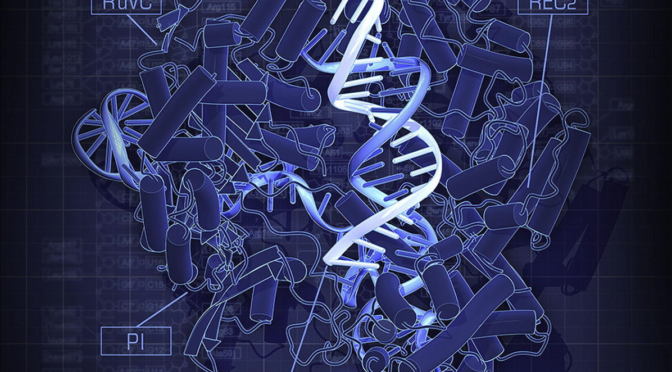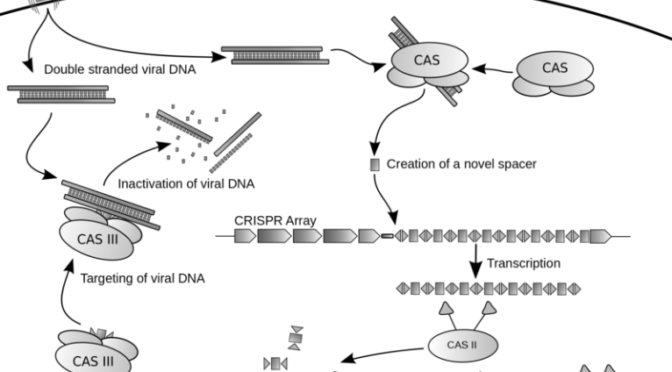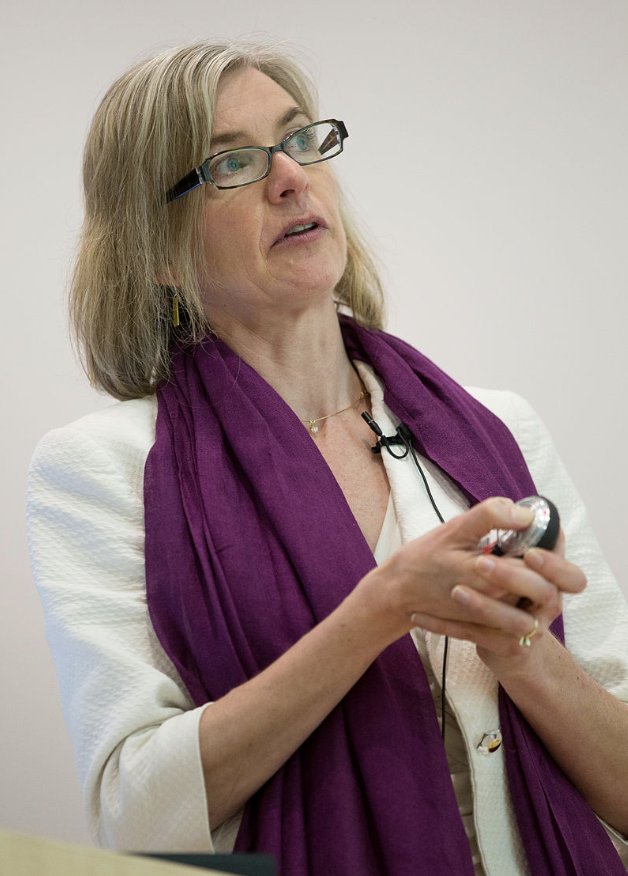U.S. patent judges have started hearing a case about who will hold the patent on the gene editing technology called CRISPR-cas9.
One of the main players is Dr. Jennifer Doudna, a scientist affiliated with the University of California at Berkeley.
I’ve written about Jennifer Doudna here before. She grew up in Hilo and graduated from Hilo High. What a great role model she is for our kids. We need to nurture our young people here to learn and reach for the stars (or the genes), as she has done. Not, no can. CAN!
“The stakes are enormous,” Anette Breindl, senior science editor at the trade journal BioWorld, told NPR about the patent case. She said three companies built around those patents “already have a billion dollars of investment behind them, and a fourth company has a stake in the technology that could be worth $2 billion.
From NPR’s All Things Considered:
The high-stakes fight over who invented a technology that could revolutionize medicine and agriculture heads to a courtroom Tuesday….
“This is arguably the biggest biotechnology breakthrough in the past 30 or 40 years, and controlling who owns the foundational intellectual property behind that is consequentially pretty important,” says Jacob Sherkow, a professor at the New York Law College.
The CRISPR-cas9 technology allows scientists to make precise edits in DNA, and that ability could lead to whole new medical therapies, research tools and even new crop varieties.
…On one side of the dispute are research collaborators Jennifer Doudna at the University of California, Berkeley and her European colleague Emmanuelle Charpentier (currently at the Max Planck Institute for Infection Biology in Berlin).
“When they filed their patent application [in 2012], they did a great job disclosing how to use CRISPR for bacteria, but were a little lighter on details about how to use CRISPR in the cells of higher organisms” such as human cells, [Jacob Sherkow, a professor at the New York Law College] says.
“Later in 2012, Feng Zhang at the Broad Institute at MIT and Harvard files his patent application that gives a pretty detailed description about how to use CRISPR in the cells of higher organisms,” Sherkow continues.
And since the most important use of the technology is its ability to edit DNA in higher organisms, the real battle is over who can claim that invention.
Photo by Hiroshi Nishimasu, F. Ann Ran, Patrick D. Hsu, Silvana Konermann, Soraya I. Shehata, Naoshi Dohmae, Ryuichiro Ishitani, Feng Zhang, and Osamu Nureki [CC BY-SA 3.0 (http://creativecommons.org/licenses/by-sa/3.0)], via Wikimedia Commons



